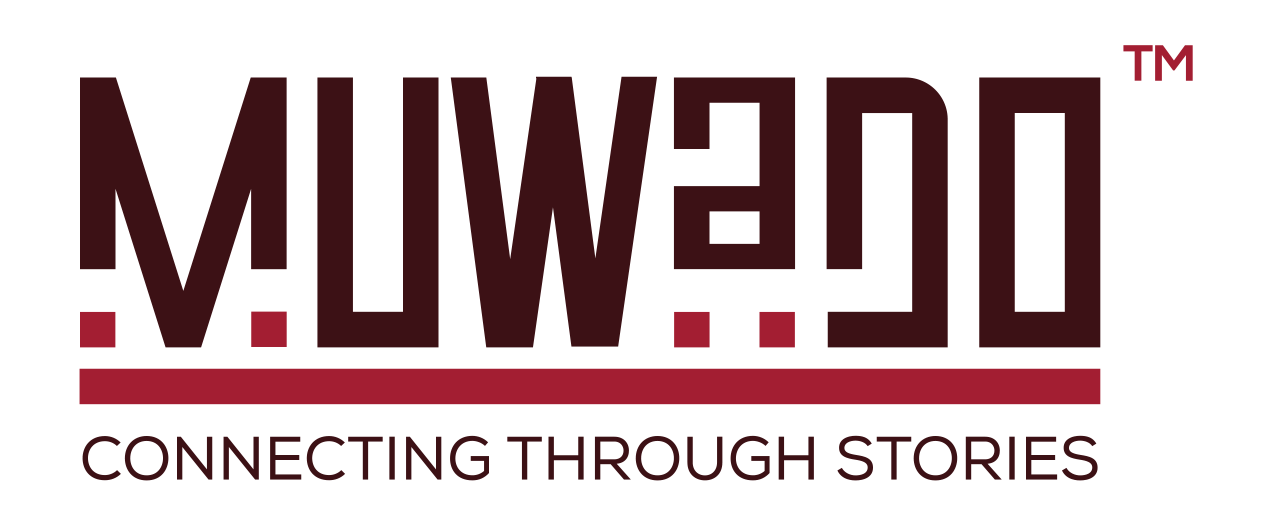E-governance is evolving as technology advances. This is transforming how citizens interact with their government.
By and large, Uganda has made considerable gains towards digitizing gov’t services and decision making.
According to the UN E-Government survey of 2018, Uganda’s online service index improved from 50% in 2016 to 57% in 2018, which puts the country in the high online service index bracket.
From paving roads, accessing health care, education services to electing politicians, digital media is reshaping what citizens know, who they communicate with, and what they need to know to get things done.
We must also note that the Access to Information Act which was enacted in 2005 forms the backbone of Uganda’s open government reforms.
The right to access public sector information is the cornerstone of an Open and inclusive Government. This remains a crucial element for reducing corruption as well as deepening trust among citizens and their government.
A successful digital democracy initiative is not about simply taking an off-the-shelf tool and deploying tried and trusted communication methods.
Too many innovations in this area exist simply as an app, or web page. This must be driven by what the technology can do, rather than by what the need is.
A participation exercise will only be successful if people feel that there is value in their contribution — either because they are able to influence and shape decisions, or because it taps into some sort of intrinsic motivation, or because the issues at stake are substantive.
It encourages more people to participate and to do so in a useful way. There are multiple ways in which this can be achieved, including explicitly by making votes binding, handing over control of some budgets.
More can be done implicitly by engaging people early in the process and keeping them informed throughout.

#Tip 1: Communicate and provide feedback
Another way to demonstrate to participants that their contributions are of value and taken seriously is to ensure that the process is transparent, with clear communication and feedback.
When should we be encouraging broad, mass-scale participation and when should we be tapping into more specific communities of expertise?
When should citizens be consulted and when should they be invited to formulate policy? To answer these questions, one needs greater clarity over the aims of engagement. To do this, we first need to understand the type of problem being addressed.
#Tip 2: Give people the information they need to participate effectively
It’s essential to articulate the aims of engagement at the outset. This means providing clear information about what the project aims to do, how the process works, how people’s contributions will be used and the rules of engagement.
It is also important to make sure your expectations and needs match what people have to offer — or find ways to bridge the gap, for example by upskilling people or providing additional resources.
#Tip 3: Design out negative internet behaviour
Most people’s experience of political engagement online is limited to social media platforms like Facebook or Twitter. Much has been written about the filter bubble which exists on these platforms, which constrains people’s exposure to ideas and opinions that they already agree with.
When the interaction between highly disagreeing groups does happen, it can often descend into abuse. It’s therefore important to consider how design features can help to reduce trolling, abusive comments or co-option by specific groups.
#Tip 4: Be honest: what’s involved and what are you going to do with the input? —
This is important for all stakeholders. Before starting any digital democracy initiative, it is essential to consider who needs to be engaged (for example, is the objective broad, mass participation, or to tap into more niche, distributed expertise?) and how that community can best be reached.
Furthermore, clarity of what the process will entail helps manage expectations and create a more effective exercise for everyone involved.
#Tip 5: Digital isn’t the only answer: traditional outreach and engagement still matter —
Carefully targeted PR, advertising and outreach underpin almost every successful digital citizen engagement initiative.
Many, particularly those which enable citizens to make decisions or play a very active role in the development or scrutiny of proposals, also blend offline and online activity.
This might take the form of promotion via outdoor advertising and local journalism, or through proactive outreach to civil society grassroots organizations, in Uganda.
Or it might involve targeting digitally active groups via social media. This is important for bridging the digital divide and increasing the legitimacy of decision-making by broadening the pool of participants.
#Tip 6: Don’t cut corners: digital democracy is not a quick or cheap fix —
There is often a hope that ‘digital’ will mean a more efficient and cheaper way of doing something. In none of the examples, we have looked at is this the case.
To do digital democracy well often requires extensive traditional outreach alongside the use of new communications technology.
Digital democracy initiatives require teams to deliver and support them, investment in IT and software, and investment in staff and/or volunteers to ensure they have the necessary skills.
In some instances, it is important to have the capacity to evaluate a large volume of contributions, with a digital back-end that supports the analysis and processing of the data obtained.
#Tip 7: It’s not about you: choose tools designed for the users you want, and try to design out destructive participation —
The tool used must not only lower the barriers to participation by making it easy to contribute, but it should be actively designed to improve the quality of the discussion, debate, and output.
The best platforms make it easy for participants to see the contributions of others, with some visualizing the content to aid understanding.
They also introduce features designed to limit the trolling or abusive behavior associated with many online forums and to prevent specific groups ‘capturing’ or ‘gaming’ the outcome. Open-source tools are optimal for transparency, enabling anyone to verify the code behind voting and other mechanisms.
This post was created with our nice and easy submission form. Create your post!





